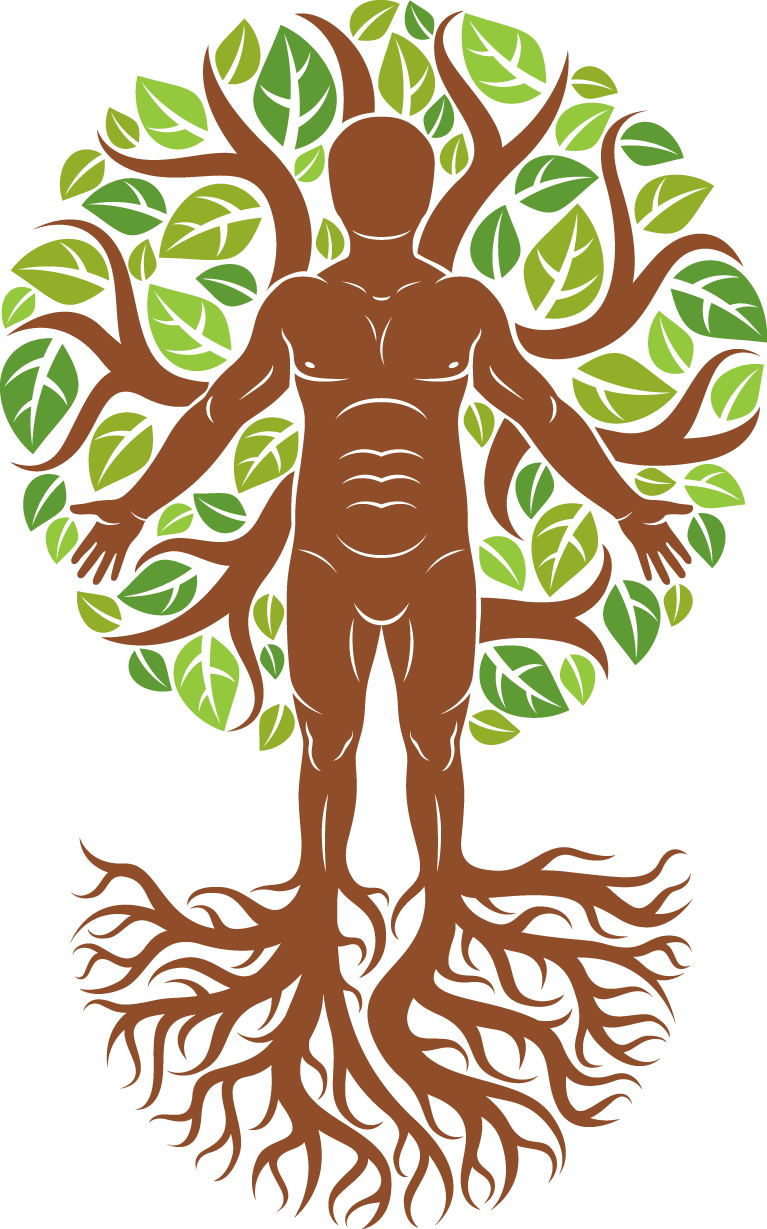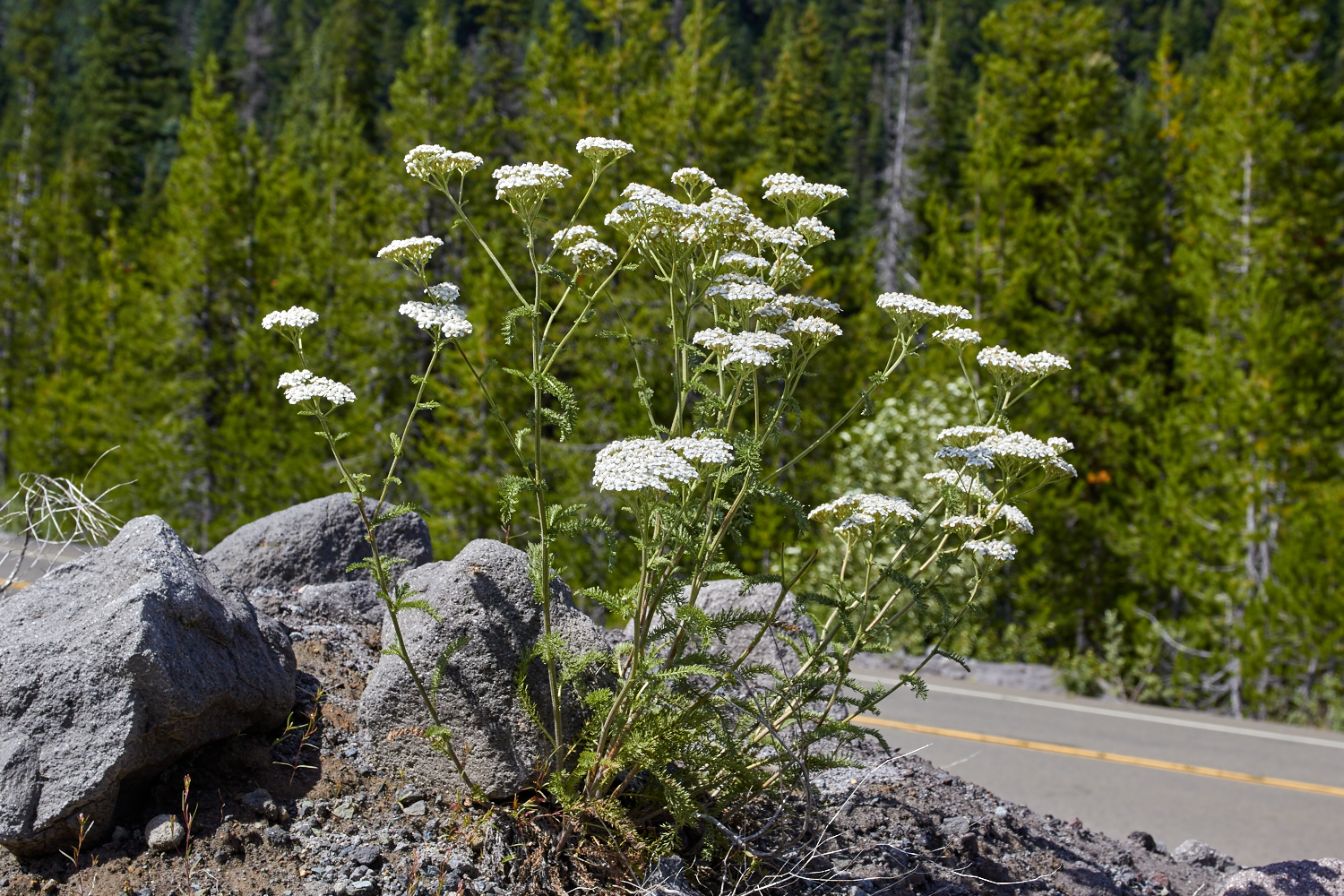
CONNECTING WITH ECOLOGICAL INTELLIGENCE
Coming Back to Presence with the Living Earth
Ecological Intelligence
Thinking and working with plants and ecological intelligence to transform our understanding of human-nonhuman relationship as we remember our essential bond with the Living Earth.
In addition to the above you will find a bit of information about wildcrafting, medicine making, and working with medicinal plants.
Relationships of Loving Reciprocity
If we are to have any chance of interacting with the land in generative ways, we as herbalists and people who work with plant medicines need to intimately engage with the ecologies from which we wildcraft medicinal plants. We need to thoroughly inhabit ecosystems if we are to establish intimate and caring relationships with the living Earth, but how do I/we do these things?
Yerba Santa the Holy Herb
Woody lower branches with shredding bark stand erect. Sticky, yellow-green new-growth stems produce lance-shaped, 2- to 6-inch-long, usually hairless leaves. These toothed or smooth-edged leaves are dark green, sticky, and glossy above with hairs between the veins that form a net-like pattern on their lighter-colored undersides. Flowering stalks, lined with 1/3- to 2/3-inch-long tubular flowers that vary in color from white to pink to purple, unfurl like a scorpion’s tail from late spring to early summer.
The Botanical Name Game: About Plant Names and Recent Changes in Botanical Nomenclature
I thought it might be useful for herbalists to have a list of name changes to medicinal plants that I learned as I was writing Pacific Northwest Medicinal Plants: Identify, Harvest, and Use 120 Wild Herbs for Health and Wellness. Below you will find a short writeup on Plant Names excerpted from my book followed by a list of name changes and family reordering as well as some tips to pronouncing latin names.
Black Cottonwood Begins the Yearly Harvest Cycle
Imagine you are walking through the forest as various aromas ride upon the damp air. The heavy smell of the wet, fecund earth rises to your nostrils, and cutting through all of this, you perceive the sweet, resinous smell of black cottonwood buds. Their pleasant odor brings a smile to your face. The buds are swelling—spring is on its way!






